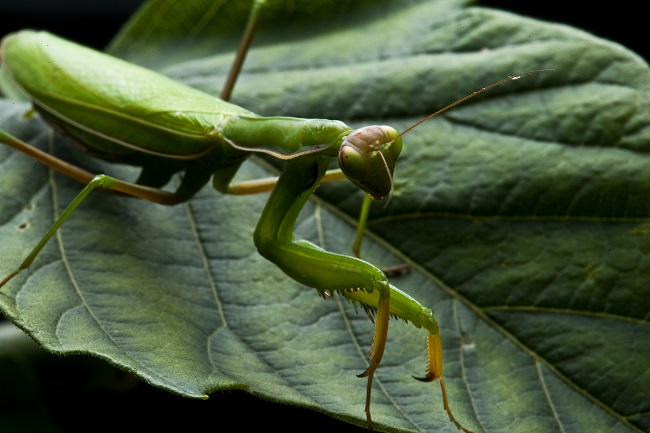
Many families have turned to growing their own food at home so they can ensure an organic diet and greenhouse gardening is one means of growing produce almost year-round. However, even the strictest organic gardener must have some method of controlling common garden pests.
One of the major benefits of greenhouse gardening, aside from the obvious fact that your gardening activities can be extended into cooler months of the year, is that a greenhouse provides a physical barrier against some pests. For example, moles, rabbits, and birds will not be an issue with plants in a greenhouse. Greenhouses do also provide some added protection against various insects, though it is still possible to have infestations of common garden insects inside a greenhouse, so we’ll focus our organic pest control methods on insects.
One of the easiest ways to repel insects is through companion planting. Almost every variety of insect has an aversion to some plant or another. For example, marigolds planted among beans or potatoes will repel Colorado potato beetles and Mexican bean beetles. Chives or garlic planted among lettuce or peas will deter aphids, and nasturtiums planted throughout your vegetables will deter a whole host of pests including cucumber beetles and squash bugs. These are just a few examples of the various types of plants that can be paired together to repel pests. This is a more complete list.
When companion planting doesn’t work, it may be time to take your organic pest control to the next level: applications. There are numerous organic products on the market that can be applied to your plants to deter garden pests. Simply make a visit to your local nursery or garden center and you will be presented with an array of options ranging from predator urine in concentrated form to various fish oils and soaps. Without spending a lot of money, one inexpensive homemade application is a mixture of water and dish detergent. Begin with a very weak mixture, approximately 1 tablespoon of dish soap to a gallon of water. Spray it carefully onto a few leaves of one or two plants, and then watch the plants closely over the next day to be sure the foliage doesn’t die back. If the few sprayed leaves respond well, then you can spray the solution over the entire plant, making sure to spray both the tops and bottoms of all leaves. If this doesn’t kill the insects, you may need a stronger solution, up to 3 tablespoons of soap per gallon of water. Just be sure to carefully test each stronger solution on a few leaves before spraying all over your plants.
When all else fails, manually picking insects off your plants can be effective, too, if the infestation hasn’t gotten too out of control. Pick off all adult insects and be sure to gather any eggs and larvae as well. If you do this twice daily over a period of a week, you should notice the damage to your plants reduced considerably.
Growing your own produce at home is easy and inexpensive, and greenhouse gardeners who want to go organic shouldn’t be deterred by concerns about garden pests. There are many tried and true methods of organic pest control that have worked for farmers for centuries, and they will work for you at home, too.
Ellen Bell works for a retail website that offers many home and garden products.
Related Articles & Free Email Newsletter
Are Botanical Insecticides the Best Choice for Your Garden?
Understanding Natural Pesticides




Comment here